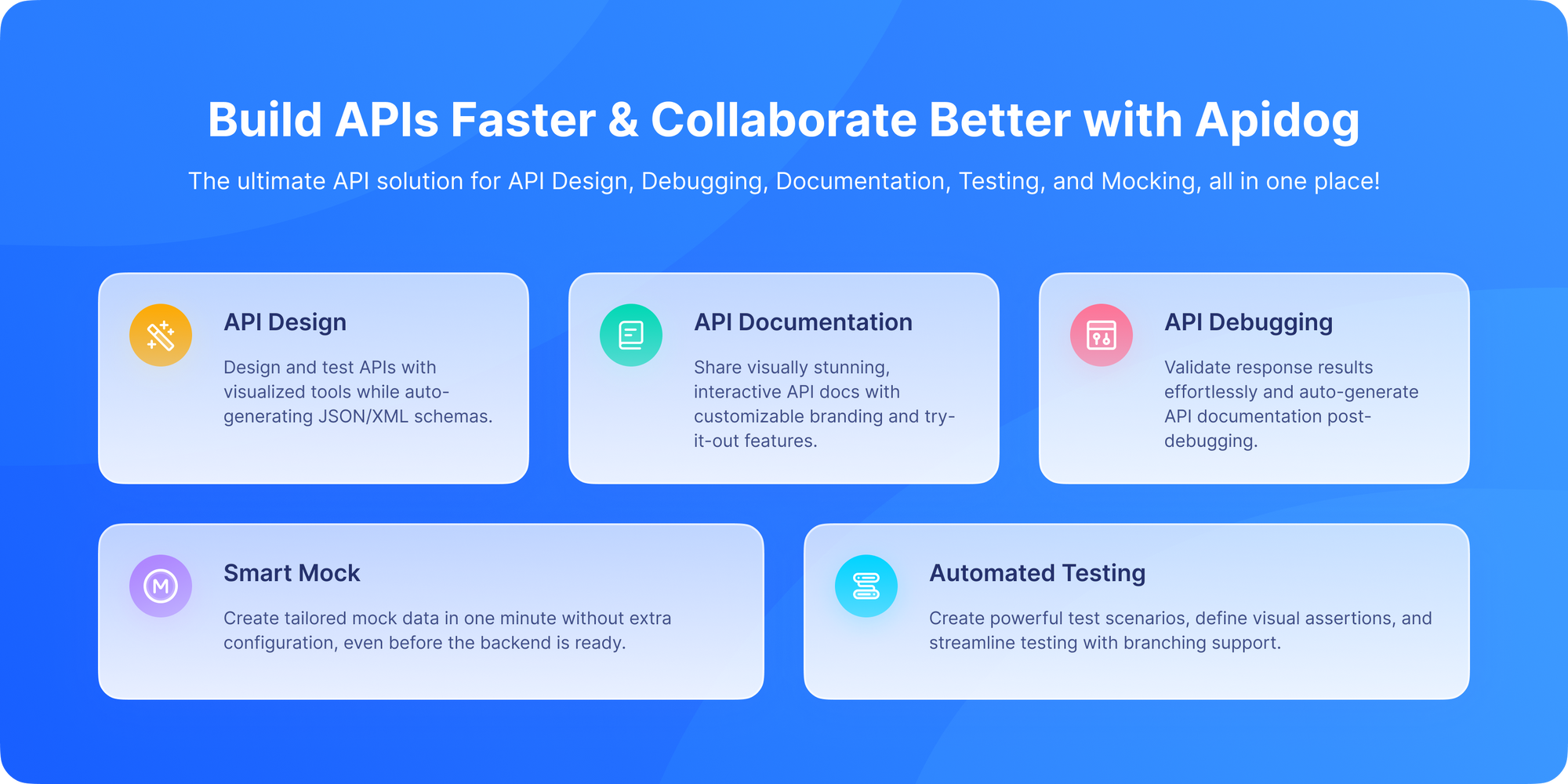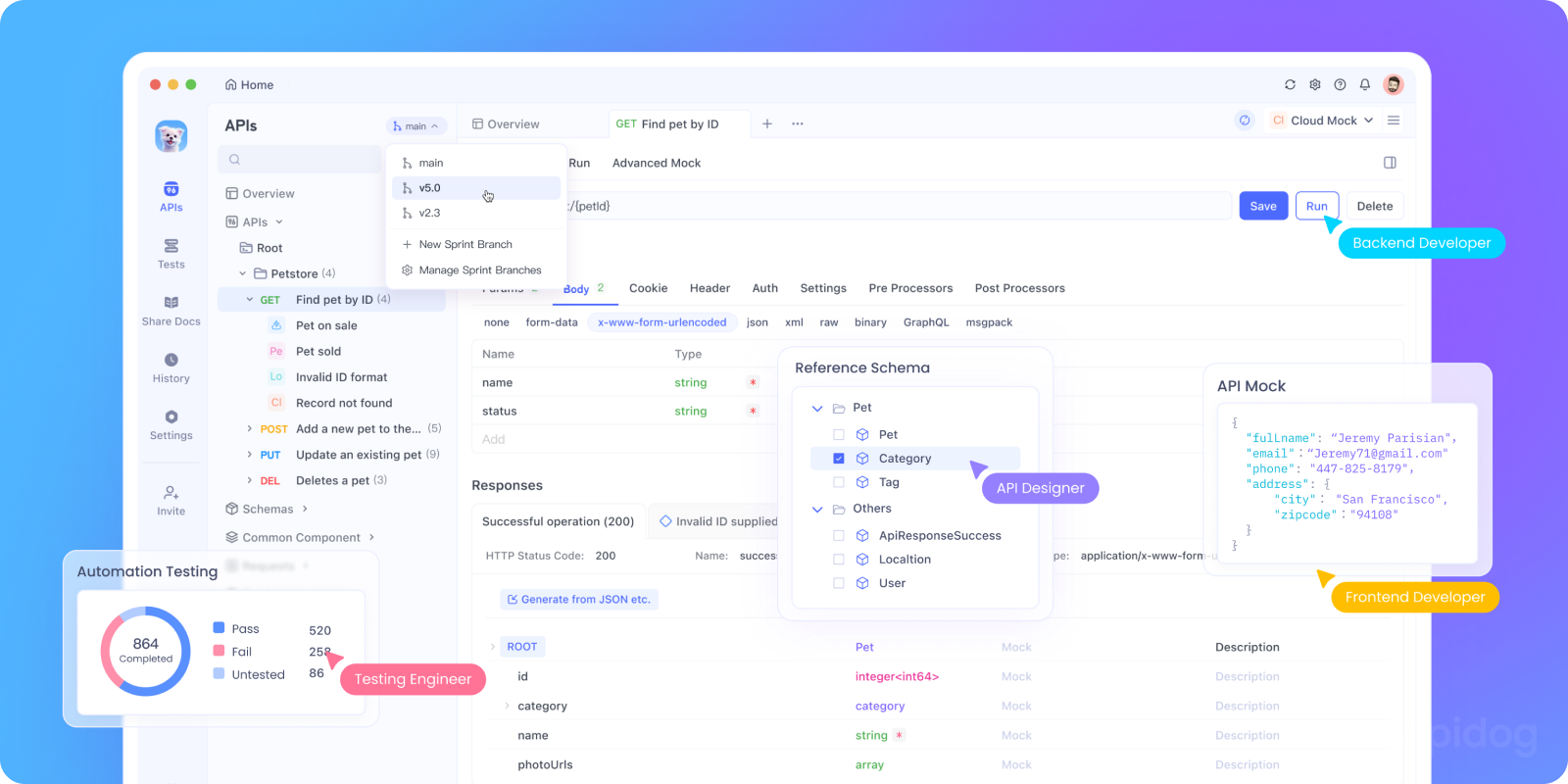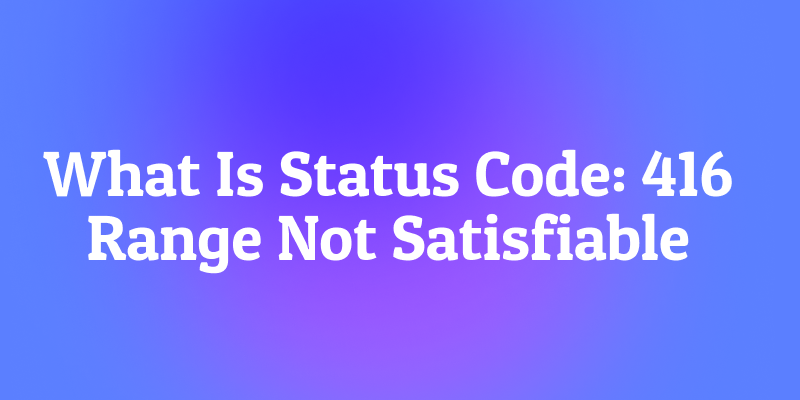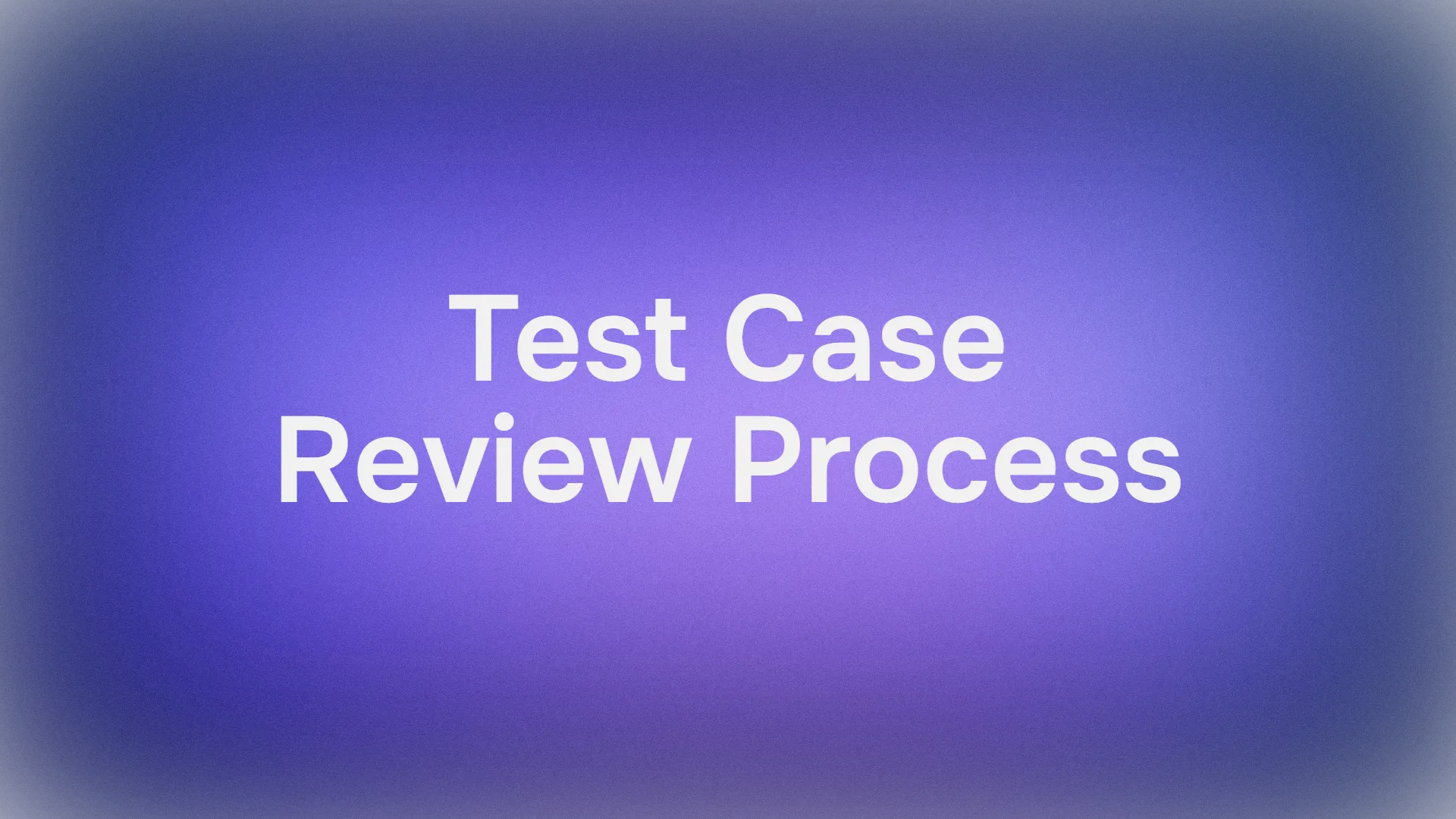You're trying to resume a large file download that got interrupted. Your download manager knows it already has the first 50 megabytes and cleverly asks the server for "everything from byte 50,000,000 onward." But instead of getting the remaining data, you get an error. The server is saying, "I can't fulfill that request because what you're asking for is outside my bounds."
This specific scenario is handled by one of HTTP's more precise error codes: 416 Range Not Satisfiable.
This status code is the less-famous counterpart to the successful 206 Partial Content response. While 206 says "Here's the chunk you asked for," 416 says "I can't give you the chunk you asked for because your math is wrong."
It's the digital equivalent of asking a librarian for "pages 500-600" of a 400-page book. The request is perfectly understandable, but it's asking for something that doesn't exist.
If you work with file downloads, video streaming, or APIs that handle large data transfers, understanding the 416 status code is key to building robust applications.
In this comprehensive blog post, we'll explore what the 416 Range Not Satisfiable status code means, common scenarios where it appears, why it matters, and how both developers and users can handle or prevent it. We'll also discuss how to use tools like Apidog to test and debug HTTP responses involving 416 and make your APIs more robust.
Range headers and verify your server handles both 206 and 416 responses correctly.Now, let's explore the world of byte ranges and the HTTP 416 Range Not Satisfiable status code.
The Foundation: HTTP Range Requests
To understand 416, we first need to understand the feature it supports: HTTP range requests.
Range requests are a performance optimization that allows clients to request only specific portions of a resource. This is incredibly useful for:
- Resuming Downloads: If a download gets interrupted, the client can request just the missing pieces instead of starting over.
- Video Streaming: Video players can jump to any point in a video by requesting the corresponding byte range.
- Parallel Downloads: Download managers can split a file into chunks and download them simultaneously.
- Efficient Data Transfer: When you only need part of a large file or dataset.
The client initiates a range request by including a Range header in their request. For example:
GET /large-file.zip HTTP/1.1Host: example.comRange: bytes=50000000-
This request says, "Please send me all bytes starting from position 50,000,000 to the end of the file."
What Does HTTP 416 Range Not Satisfiable Actually Mean?
The 416 Range Not Satisfiable status code indicates that the server cannot serve the requested ranges. This happens when the range or ranges specified in the request's Range header field do not overlap with the current extent of the selected resource.
In simpler terms: "You asked for a portion of the file that doesn't exist."
A proper 416 response should include a Content-Range header that indicates the actual size of the selected resource. This helps the client understand what ranges are actually available.
A standard 416 response looks like this:
HTTP/1.1 416 Range Not SatisfiableContent-Range: bytes */50000000Content-Type: text/htmlContent-Length: 147
<html><head><title>416 Range Not Satisfiable</title></head><body><center><h1>416 Range Not Satisfiable</h1></center></body></html>
The crucial part is the Content-Range: bytes */50000000 header. This tells the client:
bytes: The unit being used- : The current range is unspecified (because the request was invalid)
50000000: The total length of the resource in bytes
In other words:
The client says, "Give me bytes X to Y", but those bytes don't exist in the resource.
This is common when clients attempt to resume downloads from incorrect positions or request byte ranges that don’t align with the resource’s actual length.
Why Understanding 416 Is Important
You might think "416 seems rare; do I really need to care?" The answer is yes, especially in robust systems with resiliency, streaming, or resume support. Here’s why:
- User experience: A failed chunk or video seek can break smooth playback or downloads.
- Error recovery: Properly handling 416 ensures your application can fallback or correct itself.
- Debugging clarity: Instead of opaque “download failed” messages, knowing “range not satisfiable” is precise.
- Interoperability: If your clients and servers are built by different teams, clear handling of range logic avoids integration bugs.
- Performance: Avoiding invalid range requests reduces wasted network traffic and server load.
In short, to build resilient systems that handle edge cases, understanding HTTP 416 is essential.
Why Are Range Requests Used?
Range requests allow clients to request specific portions of a resource instead of the entire file. This is helpful for several reasons:
- Efficient downloads: Resuming interrupted downloads without restarting from scratch.
- Streaming media: Retrieving portions of videos or audio files on-demand.
- Caching optimizations: Clients fetch only new or changed content chunks.
- Bandwidth savings: Avoiding full payload downloads.
These partial requests rely on the HTTP Range header specifying byte ranges.
How Does a 416 Range Not Satisfiable Error Occur?
A 416 occurs when:
- The requested range is completely outside the resource's current size (e.g., asking for bytes 1,000,000 to 1,000,100 when the file is only 500,000 bytes).
- The range header is malformed or specifies invalid ranges.
- The resource was modified and shortened, making client-stored range invalid.
- The server cannot or will not process the partial request for other internal reasons.
In such cases, the server responds with a 416, letting the client know the requested range can’t be served.
Common Scenarios That Trigger 416 Errors
Let's look at the most common situations where you'd encounter a 416 response.
Scenario 1: Requesting Bytes Beyond the File Size
This is the most straightforward case. The client requests a range that extends beyond the actual file size.
The Request:
GET /document.pdf HTTP/1.1Host: example.comRange: bytes=5000000-6000000
The Problem: The document.pdf is only 4,000,000 bytes (about 4MB) total.
The Server's 416 Response:
HTTP/1.1 416 Range Not SatisfiableContent-Range: bytes */4000000
The server is saying, "You asked for bytes 5,000,000 to 6,000,000, but the file is only 4,000,000 bytes total. Your request makes no sense."
Scenario 2: The File Has Changed Size
This often happens when resuming downloads. Imagine you start downloading a 100MB file, but it gets interrupted at 50MB. Meanwhile, the file on the server gets updated and is now only 80MB total.
The Client's Resume Request:
GET /software-update.zip HTTP/1.1Host: example.comRange: bytes=50000000-
The Problem: The file is now only 80,000,000 bytes, but you're asking for everything from byte 50,000,000 onward, which would extend to 80,000,000+.
The Server's 416 Response:
HTTP/1.1 416 Range Not SatisfiableContent-Range: bytes */80000000
The server is telling you, "The file has changed. It's now only 80MB total, so your request for data starting at 50MB doesn't align with reality anymore."
Scenario 3: Invalid Range Syntax
While servers might return 400 Bad Request for syntactically invalid ranges, some might use 416 if the range values are numerically impossible.
The Request:
GET /data.bin HTTP/1.1Host: example.comRange: bytes=1000-500
The Problem: The start byte (1000) is after the end byte (500), which is mathematically impossible.
How to Detect 416 in Your Applications
To effectively handle or avoid 416 errors, you need to be able to detect them programmatically or during debugging. Here are tips:
- Check HTTP status codes: If your client gets
status === 416(or in a library, error code 416), handle it specially. - Inspect headers: Look at the
Content-Rangeheader. If it’sbytes */N, you know the valid length isN. - Fallback logic: If 416 occurs, perhaps you need to re-fetch the whole resource (i.e. without
Range). Or adjust your offsets. - Logging / debugging info: Log the attempted range and the returned valid bounds to understand how much logic is off.
- Use tools (Apidog!): Using a REST/API testing tool like Apidog, you can manually craft requests with
Rangeheaders, see the full response (headers + body), and iterate until you get it right.
Real-World Examples & Use Cases
Let’s examine a few practical contexts where 416 might surface.
Video Streaming & Media Servers
Video players often request partial content e.g. “start playing from 10 minutes in” using byte ranges. If the video file is shorter (or a segment is unavailable), a client might request a range beyond the actual data, causing a 416.
In such streaming setups, ensuring your media server properly advertises length and handles invalid ranges gracefully is crucial.
Resumable Download Managers
Download managers often split files into chunks (say, 0–1 MB, then 1 MB–2 MB, etc.). If the final chunk’s range is out of bounds (due to rounding, file changes, etc.), that chunk request might return 416.
A robust download manager:
- Checks the final chunk size carefully.
- Handles 416 by retrying or rebalancing chunk offsets.
- Logs or alerts users if repeated chunk failures occur.
APIs Returning Data Ranges
Some APIs support partial data retrieval by ranges e.g. logs, large text files, or binary blobs. If a client asks for Range: bytes=… beyond bounds, or when the resource is smaller, you'll hit 416.
In such APIs, documentation and clients must coordinate. The API should clearly specify how partial retrieval works, and clients should be careful to validate before requesting.
416 vs. Other Client Errors: Knowing the Difference
It's important to distinguish 416 from other 4xx status codes.
1. 416 Range Not Satisfiable vs. 400 Bad Request:
416means "Your range request is syntactically correct but semantically invalid for this specific resource."400means "I can't even understand your request" due to general malformed syntax.
2. 416 Range Not Satisfiable vs. 404 Not Found:
416means "The resource exists, but the range you requested doesn't."404means "The resource itself doesn't exist."
3. 416 Range Not Satisfiable vs. 206 Partial Content:
206is the successful response to a valid range request.416is the error response to an invalid range request.
How Can Developers Prevent 416 Errors?
Developers and server admins can take measures such as:
- Ensure accurate
Content-Lengthheaders on resource responses. - Validate and parse range headers robustly.
- Return appropriate
Content-Rangeheaders on partial responses. - Handle resource modifications safely to invalidate stale client ranges.
- Use API documentation to guide clients on supported range requests.
- Test partial content handling extensively using tools like Apidog.
Testing Range Requests and 416 Responses with Apidog

Testing range request behavior is crucial for applications that handle file transfers. Apidog provides excellent tools for this purpose.
With Apidog, you can:
- Craft Precise Range Requests: Easily add
Rangeheaders to your requests with specific byte ranges. - Test Valid Ranges: Verify that legitimate range requests return
206 Partial Contentwith the correctContent-Rangeheader. - Test Edge Cases: Deliberately send invalid range requests to ensure your server returns proper
416responses:
- Request ranges beyond the file size
- Test with reversed ranges (end before start)
- Use negative ranges incorrectly
4. Inspect Headers: Use Apidog's detailed response view to verify that 416 responses include the required Content-Range: bytes */{total_length} header.
5. Automate Testing: Create test suites that automatically verify your server's range request handling under various scenarios.
This testing ensures that your download managers, video players, and other range-aware clients will behave correctly when they encounter edge cases.

By doing this interactively, you can diagnose exactly where your range logic fails. Apidog's interface helps you see everything: headers, body, timing, which makes debugging 416 far easier than guessing via code alone.
If you haven't used Apidog before, now's a great time to try it. Download it for free, load your API endpoint, and start testing with different Range header combinations. You'll get immediate feedback, which is exactly what you want when dealing with hard-to-reproduce errors like 416.
How Clients Should Handle 416 Responses
A well-behaved client should know how to recover from a 416 error. Here's what smart applications do:
- Parse the
Content-RangeHeader: Extract the total resource length from theContent-Range: bytes */{total_length}header. - Reset Their Understanding: Discard any previously downloaded content if the total size has changed.
- Restart the Download: Start a new download from the beginning (
Range: bytes=0-) or recalculate valid ranges based on the new total size. - Inform the User: If appropriate, notify the user that the file has changed and the download needs to restart.
Example Client Logic:
// Pseudo-code for handling a 416 response
if (response.status === 416) {
// Extract total file size from Content-Range header
const totalSize = extractTotalSize(response.headers['Content-Range']);
// If we thought the file was a different size, we need to start over
if (totalSize !== this.expectedFileSize) {
this.downloadedBytes = 0;
this.expectedFileSize = totalSize;
this.restartDownload();
}
}
Best Practices & Tips When Working With HTTP Range Requests
Here’s a list of quick tips and best practices to help you avoid or handle 416 errors more gracefully in real-world systems:
- Always fetch the total size first: Use
HEADor a metadata endpoint to getContent-Lengthor file size. - Avoid “open-ended” ranges when possible: Instead of
bytes=1000-, compute the actual end limit and usebytes=1000-<end>. - Guard your chunk logic: When chunking, ensure the last chunk doesn’t overshoot.
- Implement fallback on 416: If you receive 416, fall back to full GET or a safe smaller chunk.
- Invalidate caches when resources change: So that clients don’t use stale total sizes.
- Return helpful error metadata: Include
Content-Range, error message, hints in body for clients. - Rate-limit or reject absurd ranges early: On the server side, do sanity checks (e.g. “start must be < end”, “end < max”). Return 400 or 416 early if invalid.
- Support “accept-ranges” header: In a successful GET, include
Accept-Ranges: bytesto signal support. - Document your range behavior: In your API docs, explain how range requests work, including limits and fallback behavior.
- Use tools to test thoroughly: Manually or via automated tests, cover edge cases like zero-length ranges, negative offsets, etc.
Log range errors in production: So you can see patterns maybe many clients are hitting 416, revealing a bug in their logic.
Common Misconceptions & Pitfalls
It's easy to get tripped up by small misunderstandings when dealing with 416. Here are a few to watch out for:
- "416 happens only in downloads": Not true. Any partial retrieval (e.g. API blobs) can trigger it.
- "416 is a server bug": Not always. It can be client-side logic incorrectly choosing range bounds.
- "416 means the server is broken": Often no it’s the client asking for a non-existent range.
- "Don’t use Range headers to avoid 416": That’s safe but you lose partial-fetch/resume optimizations.
- "416 responses never have a body": Some servers include an error message or JSON body to give more context.
- "416 = file not found": No for file-not-found you'd see 404, not 416.
By being aware of these, you can avoid misdiagnosis.
Why This Matters for API & Download Systems
By treating 416 errors as a first-class scenario, you build more resilient systems. Some specific benefits:
- Better user experience: fewer broken downloads or media seeks
- Stronger error recovery: your app can adapt automatically when ranges fail
- Clear diagnostics: logs and metadata help you pinpoint issues
- Interoperable clients: servers: well-defined range behavior reduces integration friction
- Improved performance: no wasted requests or time due to blind overshoots
Remember: in networked systems, edge cases (truncated files, outdated cache, partial retries) are where many bugs live. Knowing how to “safely dance” around 416 is a mark of API maturity.
Conclusion: The Guardian of Byte Boundaries
The HTTP 416 Range Not Satisfiable status code plays a crucial role in the ecosystem of efficient file transfers. It's not a common error for most users, but it's essential for the robust operation of download managers, video streaming services, and other applications that use partial content requests.
Understanding 416 helps developers build more resilient applications that can handle the real-world complexities of network transfers, file changes, and resume operations. It's the protocol's way of maintaining data integrity and ensuring that range requests don't lead to corrupted downloads or confused clients.
So the next time you're building an application that deals with large files, remember to handle both the 206 success case and the 416 error case gracefully. And when you need to test these scenarios, a powerful tool like Apidog will give you the precision and control needed to ensure your range request handling is bulletproof.
And again don't forget: download Apidog for free, spin up your endpoint, and try out some Range requests. Watch how the server responds and test the edge cases we've discussed. It's hands-on learning that solidifies this knowledge.
Happy coding and may your partial fetches always land within bounds.



